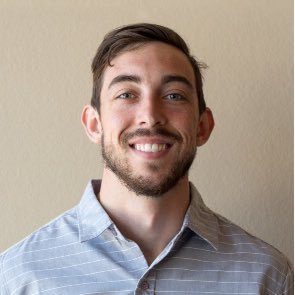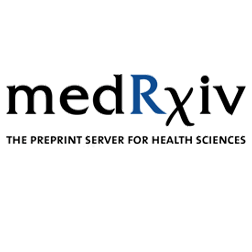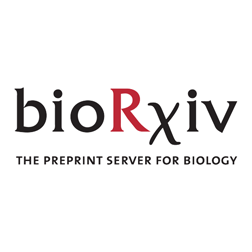
Tanner Dixon
@TantanBrainMan
Followers
86
Following
170
Media
2
Statuses
47
neuroscientist/neural engineer @ucsf nerd of many things. brains, sports, cats, and math...
Berkeley, CA
Joined July 2014
New work out in @SpringerNature @natBME Nature BME! Blurring the lines between BCI and DBS to think creatively about new therapies, always with people at the heart of it all.
Happy to share our latest study led by @TantanBrainMan and our team @UCSF out today in Nature BME! Movement Responsive AI programmed BCI-aDBS improves naturalistic motion and reduces excessive movements at rest in PD.
0
1
2
Excited to share a preprint of work done together with folks from UCSF (@littleneuro), UC Berkeley, and U of Washington, using neural decoding and adaptive DBS to selectively amplify movement when intended and reduce dyskinesia when it isn't.
medrxiv.org
Deep brain stimulation (DBS) has garnered widespread use as an effective treatment for advanced Parkinson’s Disease (PD). Conventional DBS (cDBS) provides electrical stimulation to the basal ganglia...
0
5
18
RT @biorxiv_neursci: Selective modulation of population dynamics during neuroprosthetic skill learning #biorxiv_ne….
0
3
0
RT @tsay_jonathan: To maintain calibration, our motor system adapts to changes in the body (e.g., fatigue) and environment (e.g., a windy d….
biorxiv.org
Recent studies have revealed an upper bound in motor adaptation, beyond which other learning systems may be recruited. The factors determining this upper bound are poorly understood. The multisensory...
0
6
0
RT @TessyMThomas: Our manuscript posted on medRxiv demonstrates the potential for simultaneous classification of gestures on both hands usi….
medrxiv.org
Most daily tasks require simultaneous control of both hands. Here we demonstrate simultaneous classification of gestures in both hands using multi-unit activity recorded from bilateral motor and...
0
2
0
And BIG S/O to my incredible co-authors @c_mmerick @ivryrich Joni and Jose. Such incredible people and scientists. (9/9).
0
0
1
Of course, this is a preprint and we would LOVE to hear any thoughts/feedback! And S/O to some of the cool people and their work that motivated some of the questions we asked here @SpecificAmes @MarkChurchland @K_P_Cross @ScottLIMBlab (and any co-authors I couldn’t find!) (8/9).
0
0
0
Rolling out some new work. We think these results will be foundational for understanding the functional roles specific to each hemisphere of the motor cortex. See my tweet-storm below to see why we’re excited about it! (and check out the paper for details).
Hybrid local and distributed coding in PMd/M1 provides separation and interaction of bilateral arm signals #biorxiv_neursci.
2
14
31
RT @neuroamyo: 🚨 Postdoc opportunity! 🚨Washington Research Foundation Postdoc fellowship call now open. 3 years of funding to work at one o….
wrfseattle.org
Fellowship Details Fellowships include three years of salary support for the postdoc at an eligible research institution in Washington state. The salary for the first year is $80,000, increasing to...
0
32
0
RT @biorxiv_neursci: Head-mounted microendoscopic calcium imaging in dorsal premotor cortex of behaving rhesus macaque .
0
3
0





